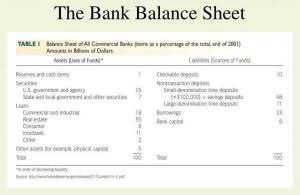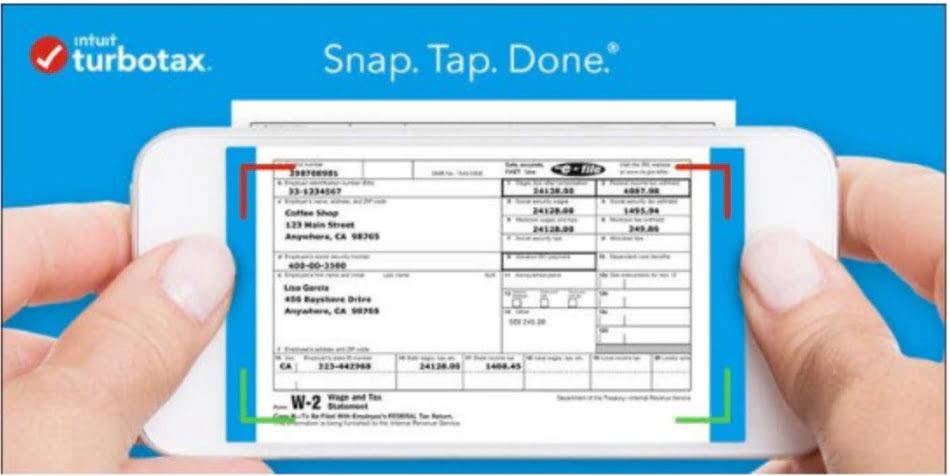8 Big Advantages and Disadvantages of Common Stocks

For the majority of owners of small public companies, this could potentially result in losing controlling shares in the business. https://dev1.sentientgeeks.us/hediehclone/top-marketing-for-accounting-firms-sales-coaching/ The advantages and disadvantages of hybrid financing include those that apply to non-convertible bonds and preferred shares, with additional complications. Because of these complications, many investors shy away from hybrids. In order to attract investors, the issuer may then have to offer better returns than it otherwise might have to pay. Almost any company is entitled to issue bonds, however, there can be restrictions based on whether or not it is a private or public company.
- As you can see, there are pros and cons to each type of stock offering.
- Issuing shares is a common way for businesses to raise capital, whether to fund expansion, invest in new projects, or improve financial stability.
- It is made up of both the primary market, where new securities are issued, and the secondary market, where existing securities are traded.
- As companies grow and raise more money by issuing stocks, there may come a time when owners and founders no longer have majority control.
- It is bad news if the business keeps increasing its outstanding shares.
- However, if the company is not doing well or is expected to have difficulty in the future, then the stock will be priced lower.
- As previously mentioned, if a company liquidates, you would not get paid until those that rank high on the priority ladder gets their share.
Increased Public Profile and Credibility

If the company goes bankrupt, you will only receive your money after debt holders, bondholders and preferred stockholders have been given their share. A SPO is when a company sells additional shares of stock that it has already issued. SPOs are typically used by companies that are looking to raise additional capital or by insiders who want to cash out their shares.

The Federal Reserve has cut interest rate for the first time in nine months

According to the Wall Street Journal, the ownership of shareholders and voting influence will diminish when the stocks enter the market. It costs money to issue stock, and often, it costs more to raise money from issuing shares than it costs to borrow money, especially after taking taxes into account. The corporation can deduct the interest it pays on its debt from taxes, but cannot deduct dividends it pays out or the money it spends to repurchase shares. Share issuance is flexible because the corporation can decide one of the disadvantages of issuing stock is that how many shares to issue, when to issue them, and how much to initially charge for each share. The corporation can issue additional shares to raise more money after the initial public offering, which is the original sale of shares to the public.

The Double-Edged Sword of Equity Financing: Weighing the Pros and Cons of Issuing Stock
For businesses seeking to fuel expansion, securing capital is paramount. While various financing options exist, issuing stock – selling shares of ownership in the company – is a popular, albeit complex, choice. Understanding the advantages and disadvantages of this approach is crucial for making informed financial decisions. However, selling stock means giving up a piece of the business, including a portion of your overall profits down the road. If the business is highly successful, then the eventual value of that stake can be far higher than the capital you received.
- Once a corporation raises capital through stock, it is free to use the proceeds in any way it pleases.
- Companies should carefully consider all risks before making a decision to issue additional shares.
- Corporations view rising stock prices as confirmation they are doing a good job, and the higher prices are a reward to shareholders who sell their shares for a profit.
- A share issue can be a powerful tool for raising capital and driving growth, but it is not without risks.
- The advantages and disadvantages of hybrid financing include those that apply to non-convertible bonds and preferred shares, with additional complications.
- The NYSE and Nasdaq are the two largest stock exchanges in the United States.
First, you’ll need to figure out the number of shares available in your company. You may have already done this and recorded it in your Articles of Incorporation. If you haven’t, then start by determining the company’s net worth and what percentage of ownership you believe each share is worth.
- And because you purchase common stocks on cash basis, you can put a cap on the amount of money to invest.
- Getting financing by issuing stock or bonds has advantages and disadvantages, and for some businesses, one method will make more sense than the other.
- Since you have no right to demand a copy of their books or business plans, you would have to do your research in other ways.
- Businesses must carefully consider the impact on ownership, financial stability, and strategic direction before proceeding.
- As already mentioned, common stocks often outperform bonds, deposit certificate and other types of investment products.
- When the market is doing well, it is typically a sign that investors are confident in the economy and are willing to take on more risk.

Investors may be skeptical of investing unless the corporate bond offers a better interest rate than government bonds. Furthermore, investors will also look at the company’s credit rating, which is often the only indicator of whether or not the bond will be repaid. While both investments are sensitive to interest rates, preferred stocks pay investors fixed dividends, while bonds offer interest payments. Stocks are perpetual securities – corporations are under no obligation to redeem or buy them back from investors. Debt, on the other hand, always has a maturity date when the borrowed amount must be repaid in full. If a company is controlled by upper management or founders, selling stock may mean ceding control to investors, who may elect a new board of directors and replace the management.
Takeover Potential
- If there is high demand for the stock, then the price will be set higher.
- The downside of a SPO is that it can dilute the ownership stake of existing shareholders.
- If it had raised money from debt instead of stocks, it would not have the flexibility to skip payments to the lender.
- Successful companies can, and do, purchase back their own common stock.
- You can probably raise more money by issuing stock than by borrowing.
This increases their own equity and decreases the proportion of profits that must be paid out to shareholders. Selling equity means issuing stock while borrowing involves short- and long-term bank loans and bonds. Each method has its advantages and disadvantages depending Oil And Gas Accounting on a corporation’s goals, resources and market conditions. A company issuing common stocks in the financial markets use them as an alternative to debts, as it is a less expensive route. Unlike debts, an issuer of common stocks is not obligated to pay interest to investors, only discretionary payments on dividends in the event that the company has extra cash.
One of the disadvantages of issuing stock is that Multiple Choice ? the company is legally obligated
If an investor wants just one bond or 1,000 bonds, the agreement with the corporation is the same. Both stockholders and bondholders have a stake in the company’s success, making them powerful stakeholders. This can change the focus of the company away from planning for the future towards satisfying its current bond rating and stock price. When a company goes public, there are a variety of pricing considerations that go into setting the price of the stock. If there is high demand for the stock, then the price will be set higher. The company and its investment bankers will also look at what similar companies are selling for and try to price the stock accordingly.
